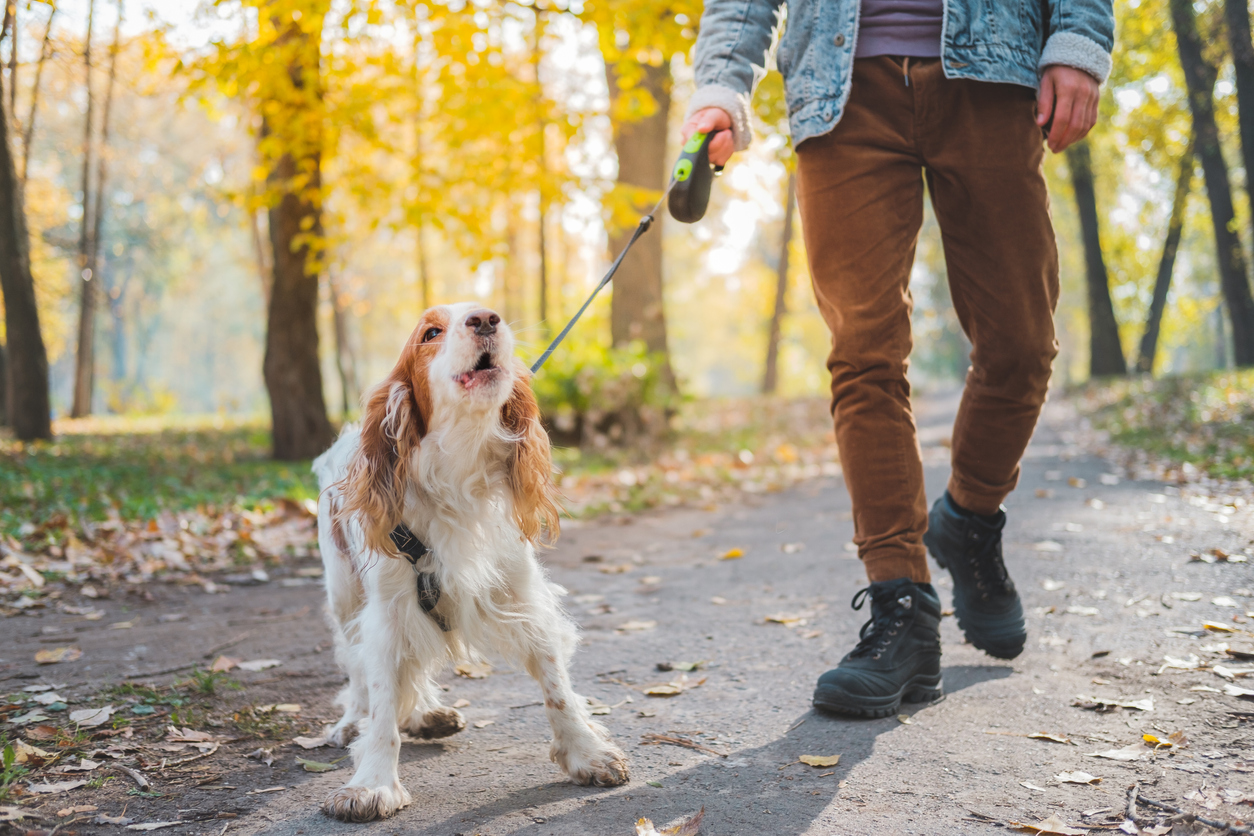
Is your furry friend a bit too vocal when it comes to cars passing by or pedestrians strolling along the street? Don't worry, I've got you covered. In this article, I'll share some effective strategies to prevent your dog from barking at cars and pedestrians, creating a more peaceful environment for the whole street.
Understanding the Cause
Before we jump into solutions, let's take a moment to understand why your dog may be barking at cars and pedestrians. Common reasons include:
Protective Instincts: Dogs have a natural desire to protect their territory and loved ones, which may trigger barking when they see unfamiliar cars or pedestrians near their space.
Fear or Anxiety: Some dogs may feel fearful or anxious around new stimuli, such as moving vehicles or people passing by, causing them to resort to barking.
Lack of Socialisation: Dogs that haven't had enough exposure to different environments and experiences during their early years might find cars and pedestrians overwhelming, leading to heightened barking.
Now, let's explore some techniques to address this barking behaviour.
Positive Reinforcement Training
Positive reinforcement training can work wonders for redirecting your dog's behaviour. Here's how you can use this friendly approach to prevent barking:
Identify Triggers: Pay attention to the triggers that prompt your dog to start barking at cars and pedestrians. Recognising these triggers is key to addressing the issue effectively.
Counterconditioning: Gradually introduce your dog to the triggers from a safe distance, using treats, praise, and rewards to create positive associations. Over time, your dog will learn that cars and pedestrians bring good things instead of reasons to bark!
Provide Mental and Physical Stimulation
A happy and mentally stimulated dog is less likely to engage in unnecessary barking. Prioritize mental and physical activities to help your dog expend their energy and reduce their response to external stimuli:
Regular Exercise: Take your dog for daily walks, runs, or engaging play sessions to burn off that excess energy. Physical exercise promotes a calmer state of mind, for both people and dogs.
Puzzle Toys and Games: Offer your dog mentally stimulating activities, such as puzzle toys or food-dispensing devices. These fun challenges help distract them from barking.
Create a Safe Haven
Creating a comfortable and secure space for your dog will go a long way in minimising their anxiety and reducing barking:
Use Soothing Sounds: Turn on some calming music or a white noise machine to mask sounds from outside, making your dog feel more at ease.
Safe Retreat Area: Designate a cosy corner with their favourite bed, toys, and maybe even a calming dog pheromone diffuser and close the blinds. This special retreat can be their go-to place when they feel overwhelmed or over-stimulated by the outside world.
Consistency and Patience
Remember, changing your dog's behaviour takes time and patience. Here are a few additional friendly tips to reinforce your efforts:
Stay Positive: Avoid scolding or punishing your dog for barking—it may only make matters worse. Instead, focus on rewarding them when they remain calm and show a reduced response to triggers.
Seek Professional Help: If despite your best efforts, the barking behaviour persists or intensifies, don't hesitate to seek guidance from a professional dog trainer or behaviourist. They can offer personalised advice and solutions.
With the right approach, you can help your furry companion become a good neighbour and enjoy a more peaceful environment. By using positive reinforcement training, providing mental and physical stimulation, and creating a safe space, you'll gradually reduce your dog's urge to bark at passing cars and pedestrians. Remember to be patient and seek professional help if needed. Together, you and your furry friend can build a harmonious atmosphere where barking is kept to a minimum.